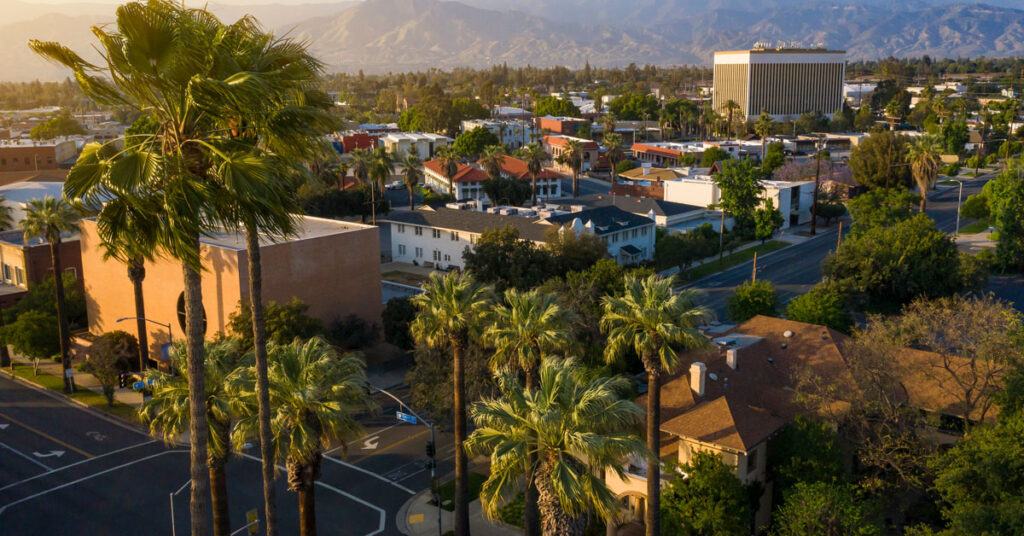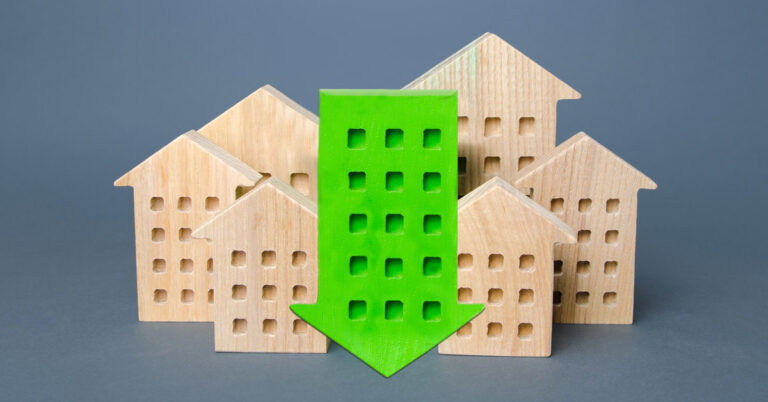For the first time in more than a decade, the metro area with the largest industrial real estate market in the country recorded negative absorption within the sector, according to the newest Big-Box Market Report from Colliers.
California’s Inland Empire, east of Los Angeles and centered around Riverside and San Bernardino, posted negative industrial absorption of 3.9 million square feet at midyear, although only about 25,000 square feet of this total was attributable to big-box warehouses and distribution centers. It’s been 55 quarters — more than 13 years — since the Inland Empire had recorded negative absorption, as several tenants returned much of the excess space they had acquired during the post-pandemic warehousing boom.
Notably, the Inland Empire was one of two major U.S. industrial markets tracked by Colliers to log negative absorption through the first six months of 2023. The other was Cincinnati, which saw 407,126 square feet of industrial space returned to supply, due in part to a downtick in leasing and growth in bulk-space subleases.
Demand for warehousing softened substantially during the first half of 2023 as demand for e-commerce continues to decrease, according to Colliers economists. Supply chains are normalizing to pre-pandemic levels. Consider that, in 2019, there were nearly 420 million square feet of new leases, renewals and user sales for bulk industrial properties, a total that ballooned to nearly 675 million square feet last year. But activity slowed to 93.6 million square feet in Q1 2023 and to 86.5 million by midyear.
E-commerce companies, which had muscled their way to the forefront of bulk transaction market share during the depths of the pandemic, saw their share ebb further, dropping from 14.9% at the end of 2022 to 7.4% in first-half 2023. Third-party logistics firms have firmly wrested the top spot from e-commerce, growing their market share of bulk transactions from 31.4% last year to 32.9% at the end of June.
Demand for larger facilities, in particular, is on the wane. The vacancy rate for big-box facilities larger than 750,000 square feet was 2.4% at midyear 2022, but the rate has more than doubled to 5.4% in 2023. Meanwhile, the average transaction size has steadily declined over the five quarters ending in Q2 2023 after peaking at about 311,000 square feet in Q1 2022.
Still, despite many industrial and big-box fundamentals trending downward (and headwinds like increased capital costs still lingering), the industrial sector is well positioned for the short term, according to Colliers.
“Demand remains strong for big-box facilities nationwide,” said Stephanie Rodriguez, national director of industrial services for Colliers. “As occupiers look to modernize their facilities and become more operationally efficient, there will be continued demand for this type of product.
“While e-commerce appears to be stabilizing after rapid growth since 2020, many users are still in need of space to accommodate the demand on their networks. It appears that this trend will continue in the near future.”








